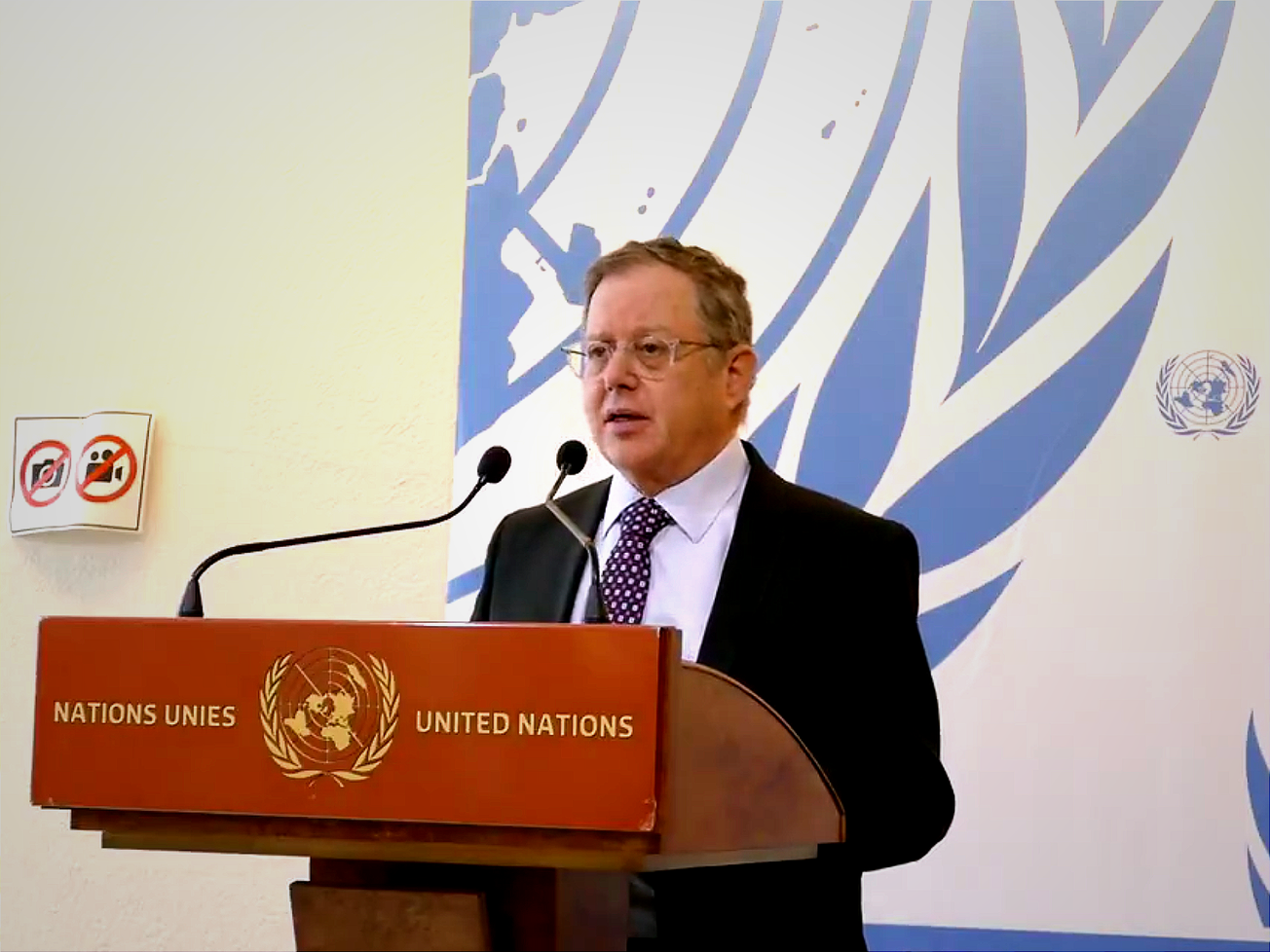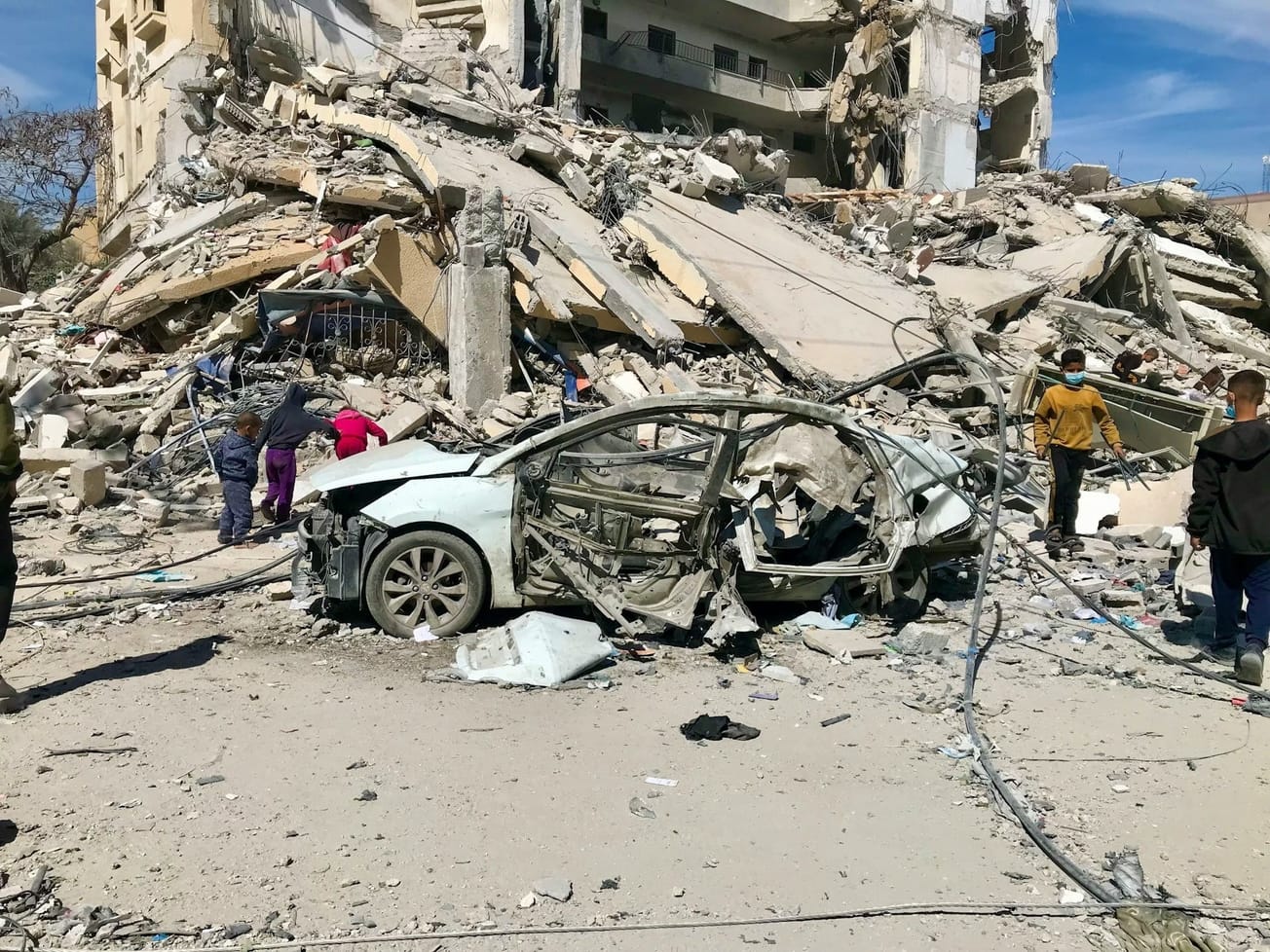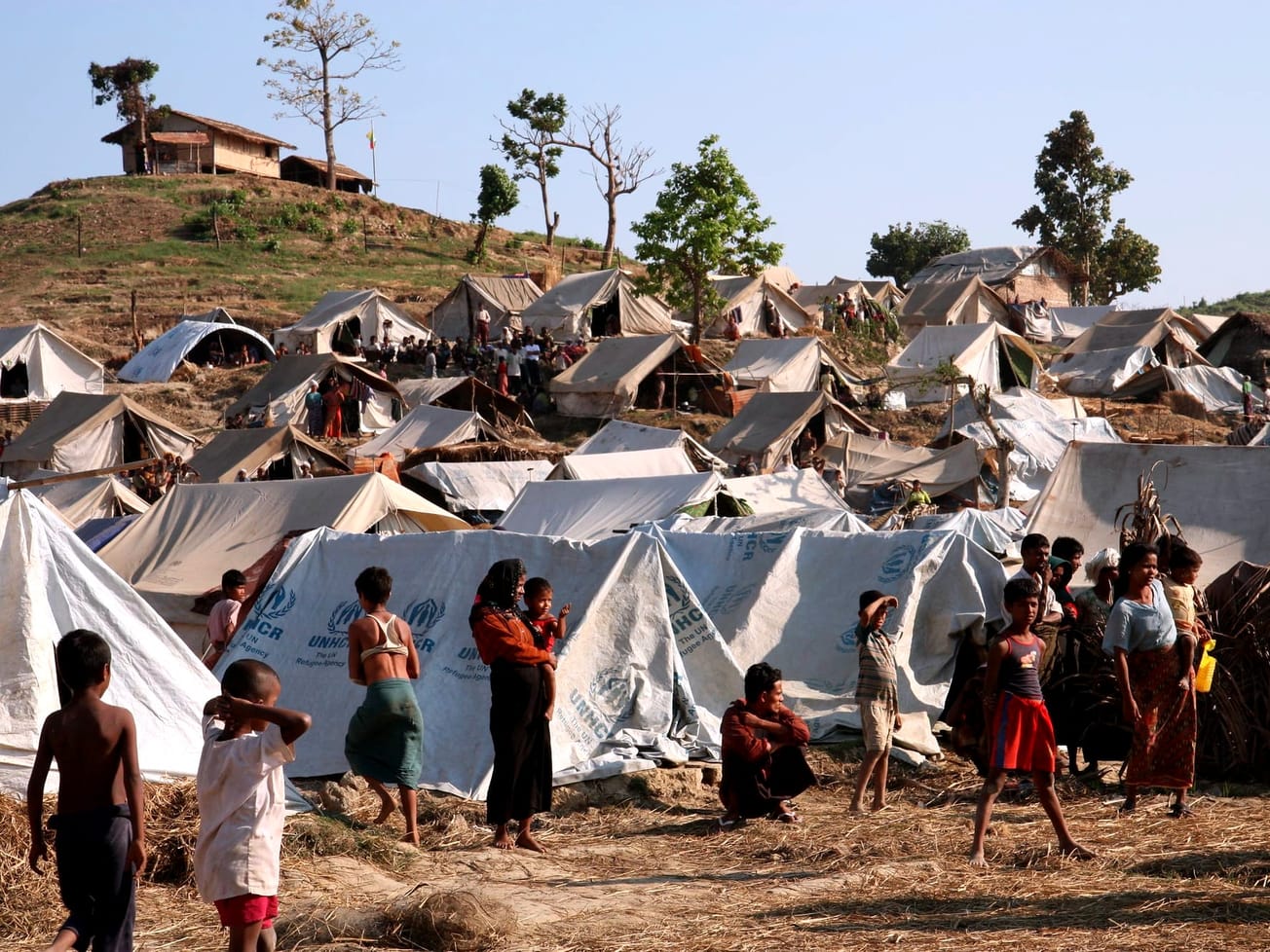GENEVA (AN) — Conflict-fueled attacks on children that authorities could verify tripled worldwide in the past decade to an average of 45 per day due to longer and more lethal wars that disregard humanitarian laws, UNICEF said on Monday.
The United Nations children's agency said the world body verified more than 170,000 killings, abductions, sexual violence and other grave violations against children in conflicts over the 21st century's second decade, a figure that is two-and-a-half times higher than the previous decade.









